The El Jable region of Lanzarote is one of the remaining strongholds of the Houbara Bustard – the Canary Islands’ largest native bird – and scientists and activists are keen to save it before it is too late.
Last month, the Desertwatch charity held a series of talks about the wildlife and threats to the El Jable region of Lanzarote at the Convent of Santo Domingo in Teguise. Sadly, health issues prevented Nigel Collar, the British speaker who had been invited to speak on the Houbara bustard, Lanzarote’s largest native bird, from arriving in person, but we managed to chat to Matt Geary, an associate professor at the University of Chester who works alongside Nigel.
Matt told us that the Houbara Bustard is not unique to Lanzarote, but that scientists regard the Canarian population as especially important. That’s because other populations of the bird in North Africa have long been threatened by hunting, and because of this, conservationists have attempted to repopulate these areas with introduced birds.
Nothing of the kind has happened on the Canaries, meaning the strain found here is original and uninterrupted. Nevertheless, although the Houbara has never been hunted, it is still under serious threat in what is currently its most important breeding zone, the El Jable desert region of Lanzarote.
According to Matt, the major threat to the bustard on Lanzarote is human encroachment on its territory. The bird is shy and very easily startled and will often take flight when a car or motor vehicle passes close by. Bustards are large and not particularly agile and often hit electricity or telephone cables, especially after twilight when they are less visible. Collisions with vehicles also kill many birds. According to Matt, this is the main reason behind the rapid decline in the bustard population of Fuerteventura.
Nevertheless, any human activity can cause a threat to these birds, who usually only manage to raise one chick when they do breed successfully. Other threats, such as sand extraction with heavy machinery, modern agricultural techniques and sporting activities such as rally driving, also contribute to the decline in the Houbara population. Matt puts it plainly: “Too many are dying, and not enough chicks are being raised”.
Of El Jable, Matt says “This is a very special place, almost like an island within an island. I’ve been lucky enough to see the male bustards performing their mating display, and once you see that you realise that this is the place that these birds need.”
EL JABLE – HABITAT IN DANGER
El Jable is a corridor of sand that extends from Famara down to Playa Honda, easily visible from planes and space stations. The sand is washed up on Famara beach where prevailing northern winds carry it down the island over many years. Eventually it settles on the south coast, forming many of the beaches in Playa Honda and Puerto del Carmen.
While Lanzarote is more overcrowded than ever, in El Jable you can still experience a sense of desolation and solitude. It’s a wild, empty place in the midst of small rural villages which have practiced a unique form of cultivation, using the sandy soil as a mulch, for centuries. The results are the famous watermelons of Soo and San Bartolomé’s world record-breaking sweet potatoes.
The wilder wastes of this desert zone are home to birds such as the Houbara Bustard, the Cream Coloured Courser and the Stone Curlew, as well as other species such as a unique kind of desert spider.
Matt Geary explains that, once a habitat like this is lost, it is extremely difficult, if not impossible, to reestablish it. That’s why he supports a precautionary approach, avoiding any actions which may harm the environment.
This approach can be seen in the opposition to rally events held in El Jable a few years ago, and a campaign against the illegal extraction of sand for construction.

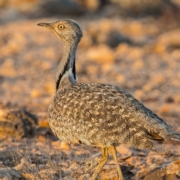
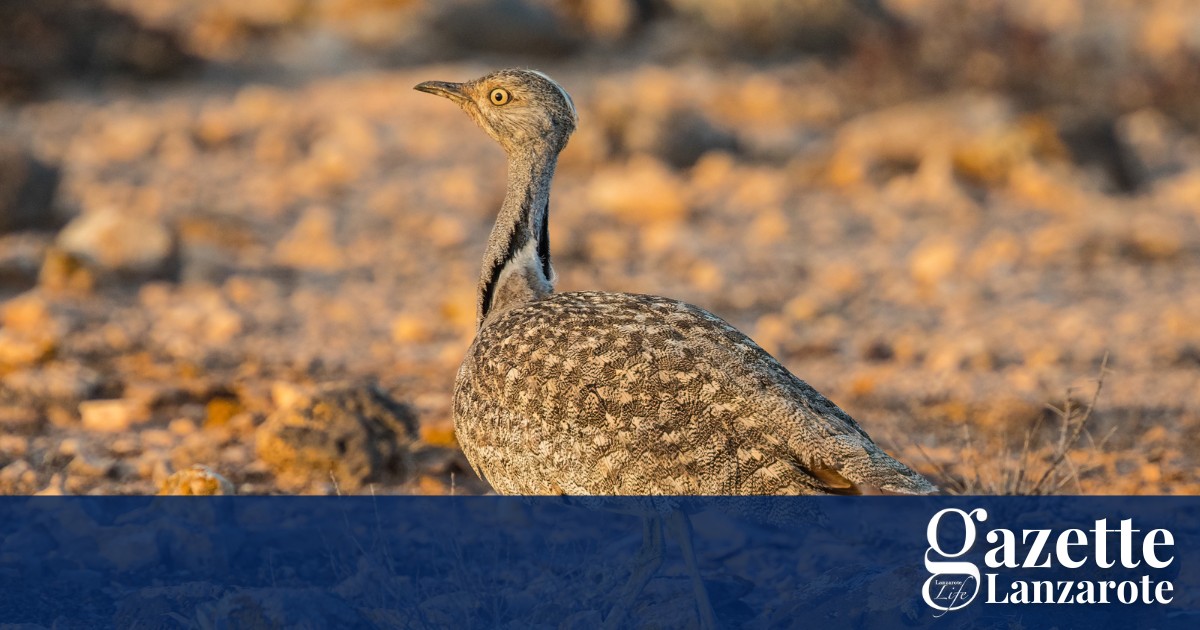
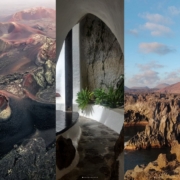

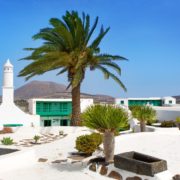
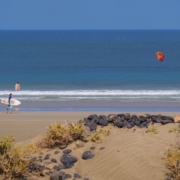
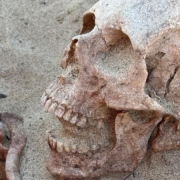
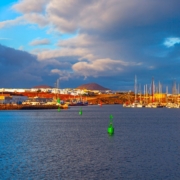


Leave a Reply
Want to join the discussion?Feel free to contribute!